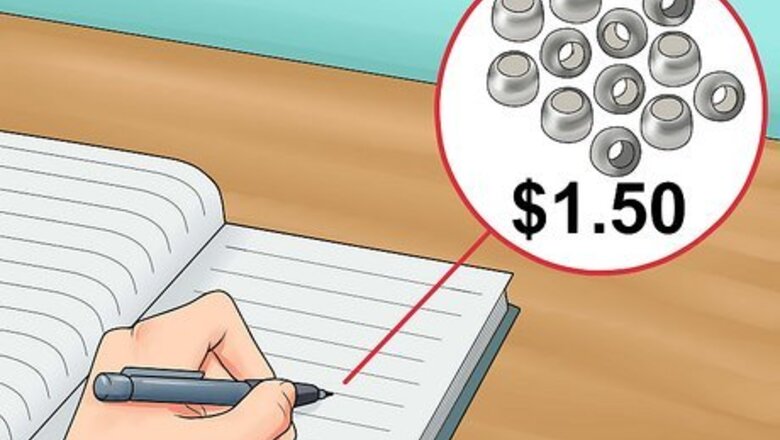
views
Calculating Your Initial Price
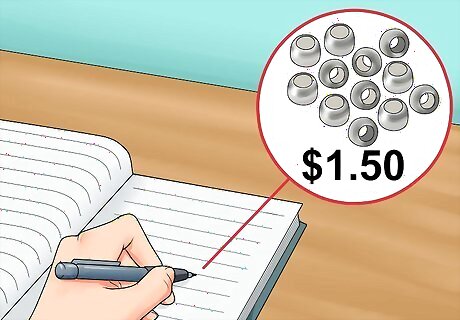
Keep a "recipe book" to record what you spent on each design. Price every item used in your designs. For example, if you pay $1.50 for a dozen sterling crimp beads, and you used 2 crimps beads in your design, you would divide $1.50 by 12. The more meticulous you are about calculating expenses, the better your pricing will be. Keep track of packing materials and the shipping costs. Keep receipts. This will make it easier to keep track of costs. You can use them when calculating tax deductions. If you do not keep meticulous track of costs, you should round up when estimating costs. You don’t want to short yourself. You should be purchasing supplies at wholesale prices (i.e. bulk prices). If you purchase them at retail price these calculations will be off, and it is probable that you will have trouble turning a profit.

Record the time you spent on each design. The time you spent on each design is important in calculating your labor costs. It is also important for establishing your profitability. If it takes you 30 minutes to recreate a design, you would charge differently than you would for a design that takes 4-5 hours to create. Write your time spent in your recipe book.
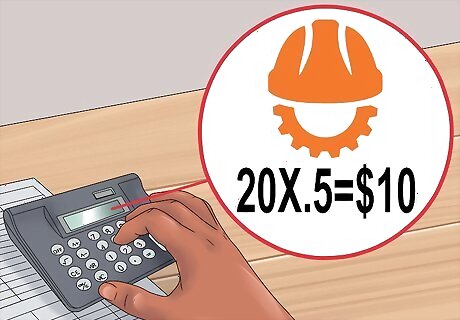
Calculate labor costs. To determine your labor costs, divide the time you spent working into 15 minute segments. It makes it easier to calculate price. If you spend a little over an hour making a certain piece, round it up to an hour and 15 minutes. You can charge more for custom made pieces. Keep in mind, this is only the cost of your time, this is not your actual salary. You charge whatever you believe your time is worth. Do not, however, charge ridiculously high labor costs if you're just starting out. If you already have a reputation, as jewelry maker or other, you can charge higher prices. If, for example, you have priced your labor at $20 per hour and worked for 30 minutes on the design, you would multiple 20 X .5 = $10 or divide in half. When deciding how much to pay yourself hourly, consider your experience. How long have you been designing jewelry? If you have a long track record, vast expertise, and a portfolio of unique designs, you may find that you can charge more. You may also have particular advantages, including contacts and unique designs, that allow you to charge more.
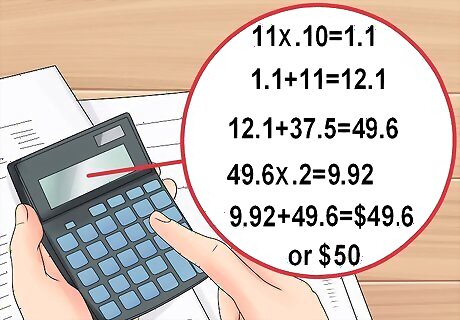
Calculate wholesale prices. Wholesale prices are lower prices that you offer to retailers who purchase approximately 10 items at a time.. Formula’s vary, but a good model is to add your material and packing costs and multiply those by 10% (to account for overhead) and add that to material costs. Then add your labor costs (rate X time) Multiply this by your profit margin, which varies, but should be around 20%. For example, if the item cost you $10 in supplies and $1 in packaging, multiply 11 X .10=1.1+11=12.1. Add to your material costs (12.1) the price of labor. If you spent one hour and thirty minutes at a rate of $25 per hour that would be 25 X 1.5= 37.5. Add labor plus materials 12.1 + 37.5 = 39.6. Multiply by your profit margin 39.6 X .2= 7.92+39.6=$47.52. Round up to $48 Whole prices are lower to account for all of the money you save selling items in bulk. Selling in bulk means that you need to spend less time interacting with customers and less money shipping items or setting up stands. When you want to start selling at wholesale prices is up to you, but usually a purchase of anywhere from 6 to 12 items will justify whole sale prices. Overhead costs are how you factor in long term costs for your operation. This might include the price of a digital camera to take pictures, the cost of maintaining a website, or the price of space to make your jewelry. The best way to account for this to multiple your material costs by 10%.
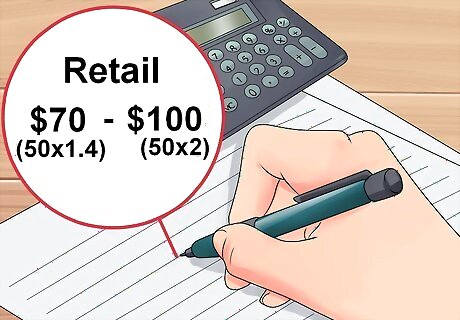
Calculate retail price. The retail price is the larger price you charge for an average customer buying one or two items at a time. Because this sort of exchange is more labor and price intensive on your part, you want to charge anywhere from 1.4 - 2 times your wholesale price. Thus, if your whole sale price was $48 you want to charge anywhere from $67 (48 X 1.4) to 96 (48 X 2).
Adjusting to the Market
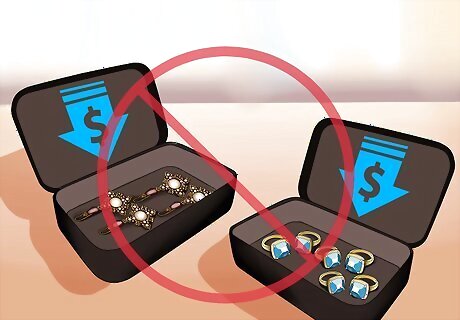
Don’t sell yourself short. You should be slow to decrease your prices. People often take low prices as a sign of shoddy workmanship. Furthermore, underselling your competitors makes it difficult for anyone to make a living in the business. Be willing to wait for your items to begin selling and never sell below the price of supplies.

Perform market research. Check your price calculations against comparable items. Review online jewelry sites or brick and mortar stores to see what things are selling for. If you can talk to an experienced designer, ask them for price estimates. Most importantly, ask yourself if you are selling enough items or, conversely, if you are selling them quickly enough to justify a price increase. Have people offered to buy any of your jewelry designs? This is a good indication of the marketability of your designs. EXPERT TIP Jerry Ehrenwald Jerry Ehrenwald Certified Jeweler Jerry Ehrenwald, GG, ASA, is a graduate gemologist in New York City. He is the previous President of the International Gemological Institute and the inventor of U.S.-patented Laserscribe℠, a means of laser inscribing onto a diamond a unique indicia, such as a DIN (Diamond Identification Number). He is a senior member of the American Society of Appraisers (ASA) and is a member of the Twenty-Four Karat Club of the City of New York, a social club limited to 200 of the most accomplished individuals in the jewelry business. Jerry Ehrenwald Jerry Ehrenwald Certified Jeweler Use an appraiser for gemstone jewelry. If you’re selling diamond or gemstone jewelry, use an accredited appraiser who looks at the item’s fair market value — the price between a willing buyer and willing seller in a normal marketplace. An appraiser can also investigate the public auction market for comparables.
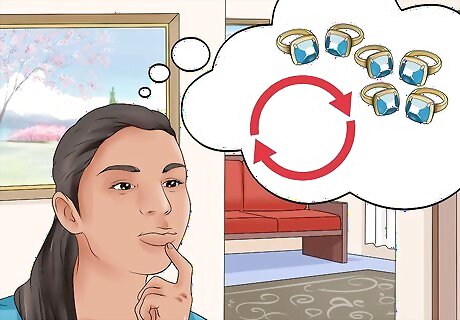
Reevaluate your design. If your items are not selling, it is typically better to change your design than lower your prices. This can mean reducing material or labor costs. I could also mean starting over with a completely new design that more people are interested in purchasing. Assess your materials. If you aren’t purchasing in bulk and getting wholesale prices, the materials will be too expensive for you to turn a profit. It can be hard to sell labor intensive items that require a lot of time, because consumers do not necessarily understand how much time is required to make them and are not willing to pay commensurate prices. Sometimes adapting these labor intensive products into smaller designs is a good way to reduce the amount of time you put into them and begin selling them at rates the market will bear.
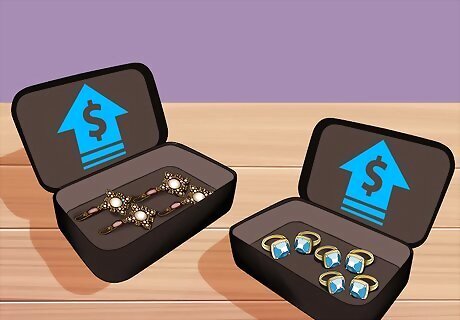
Increase your prices. If your items are selling well and you have committed customers, you can increase your price. Consider developing two price ranges. Continuing making the products that have been successful, but also begin making higher quality products that you can charge more for. With this two tier pricing system, you can continue to attract new customers with cheap products, while pulling in larger margins in the upscale market.










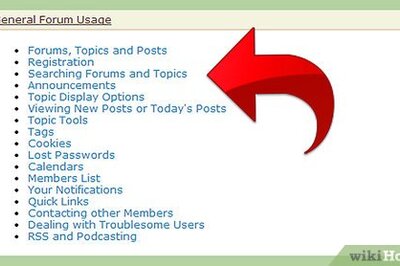








Comments
0 comment